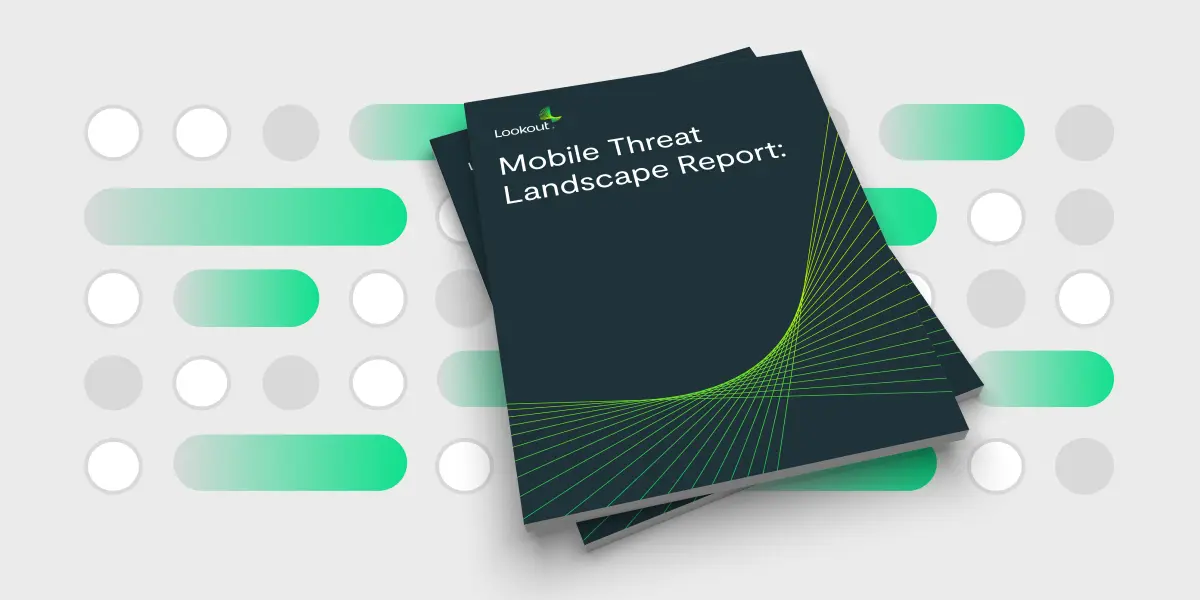Mobile Security Can’t Be an Afterthought
Mobile Endpoint Security helps organizations secure the rapidly growing mobile workforce and BYOD environments by closing visibility gaps that traditional security tools don’t cover. It’s critical for maintaining data protection, compliance, and overall enterprise security.
Act now: Mobile security is mission-critical
Employees increasingly rely on mobile devices to access corporate data and cloud applications, making them prime targets for attacks including:
Traditional security tools can’t see mobile threats—leaving your data, IP, and compliance exposed.

Lookout Mobile Endpoint Security: cloud-native, AI-first protection for mobile threats.
Hands-on labs: Learn and build your own mobile endpoint security solution.

Stay protected with Lookout: comprehensive mobile threat defense.
See how Lookout delivers end-to-end protection against mobile threats using real-time monitoring and advanced threat intelligence. Learn how the platform defends your data from phishing, malware, and network attacks—ensuring continuous security and compliance across all mobile devices.
Effortless zero trust starts with secure mobile access.
Extend your zero-trust strategy to include mobile—without added friction. Continuously assess device posture and enforce conditional access policies to ensure only trusted users and compliant devices can reach sensitive data. Lookout protects managed, unmanaged, BYO, iOS, and Android devices equally, with simple one-touch or zero-touch deployment that ensures fleet-wide coverage from day one.


Safeguard your mobile devices from phishing and harmful content.
Learn how Lookout defends your mobile ecosystem against phishing attacks and harmful content. With real-time detection and blocking of malicious URLs across email, SMS, messaging apps, and social media, Lookout ensures comprehensive protection on every front. Powered by advanced AI-driven analysis—and built with privacy in mind—Lookout delivers powerful security without compromising the user experience.
Trusted by the world’s leading organizations.

source: IBM
1,273,091 Phishing and malicious web attacks were prevented by Lookout in Q2 of 2025.














